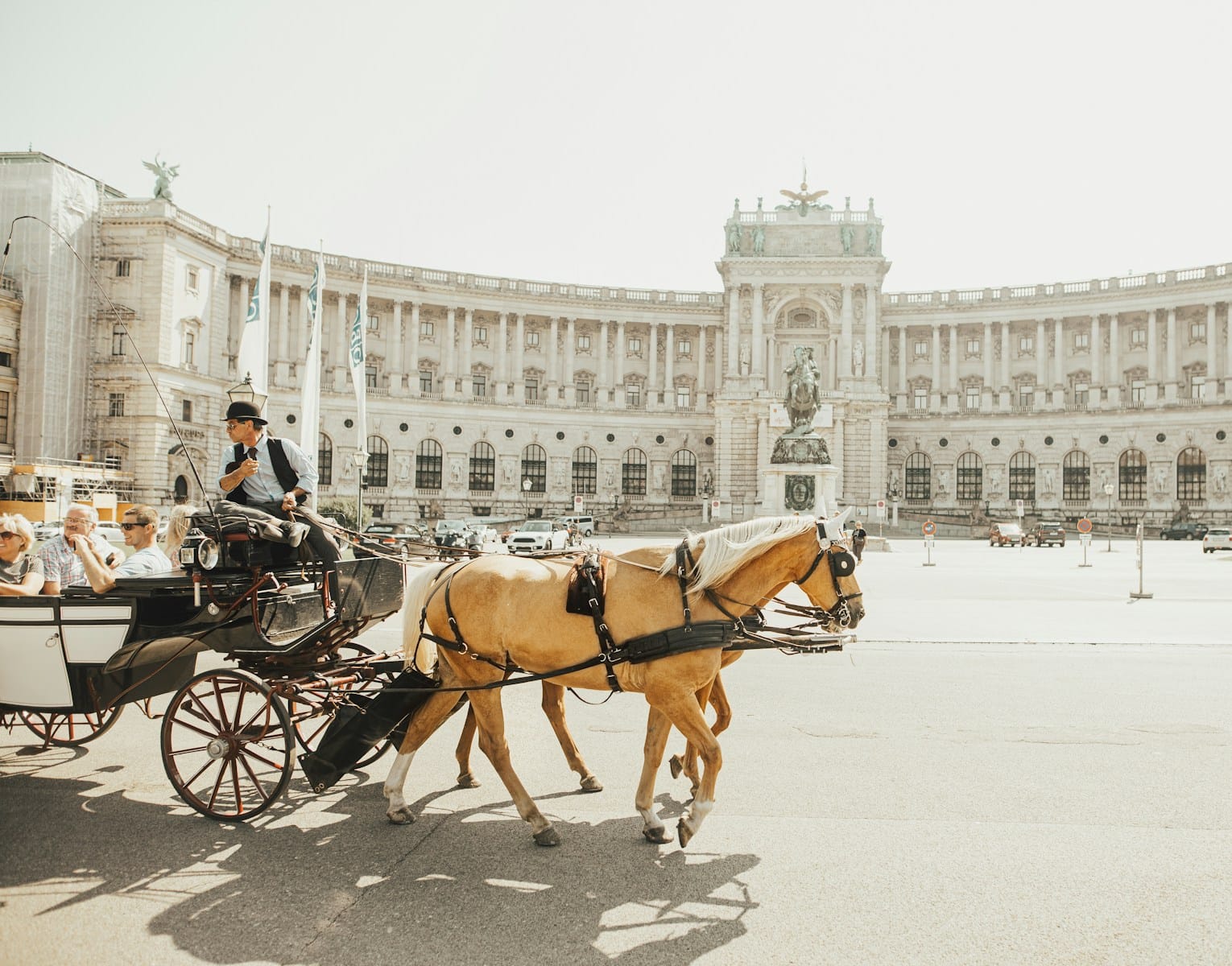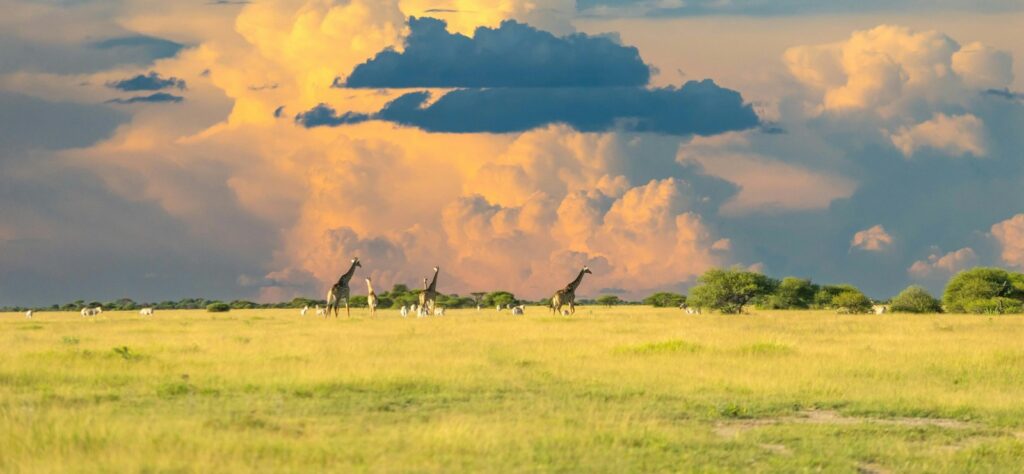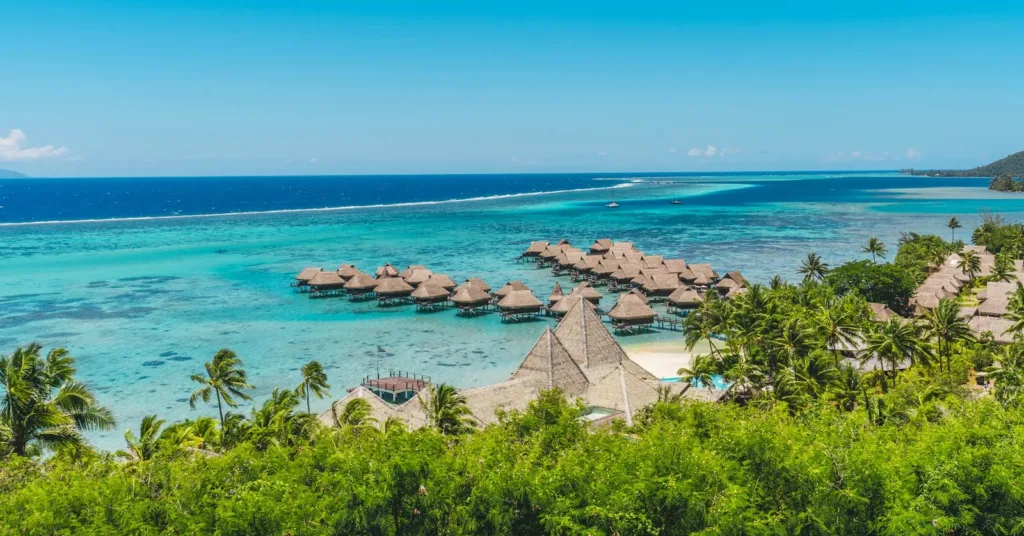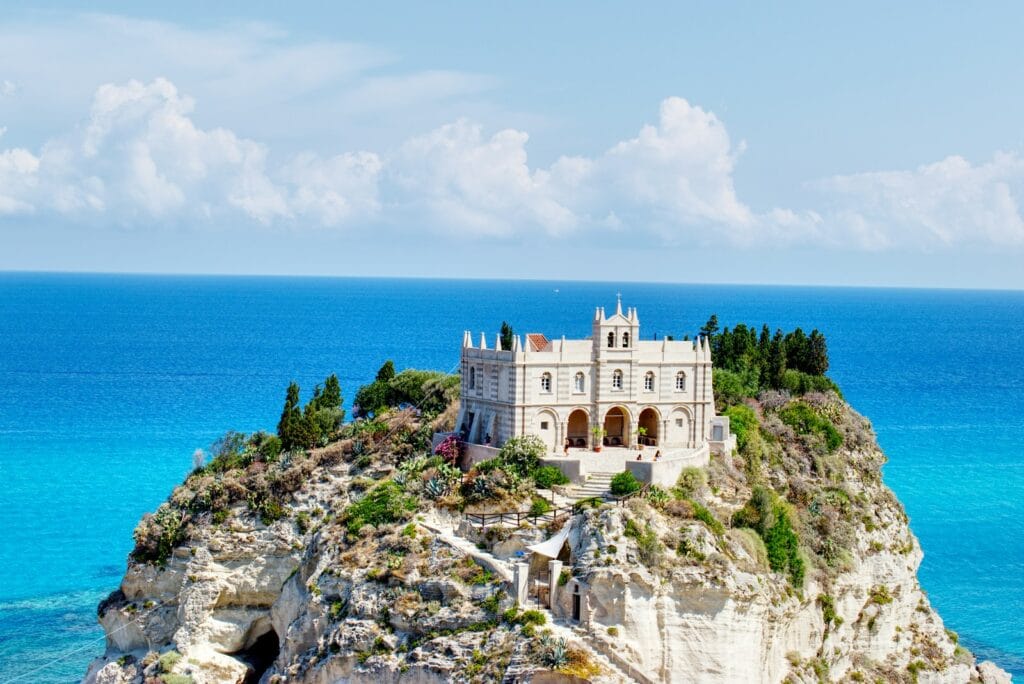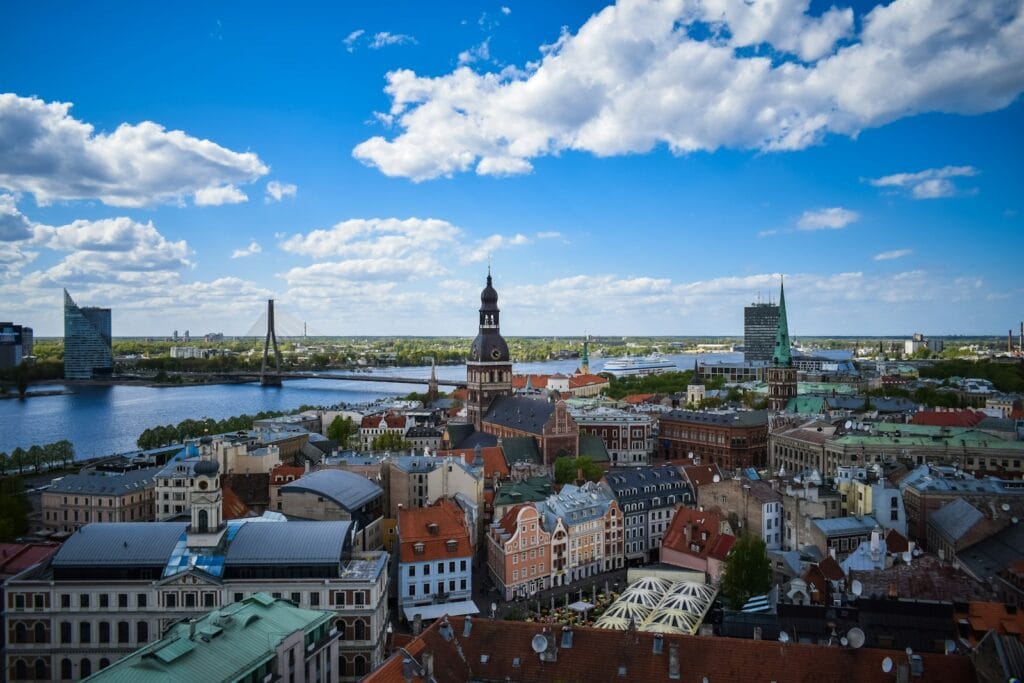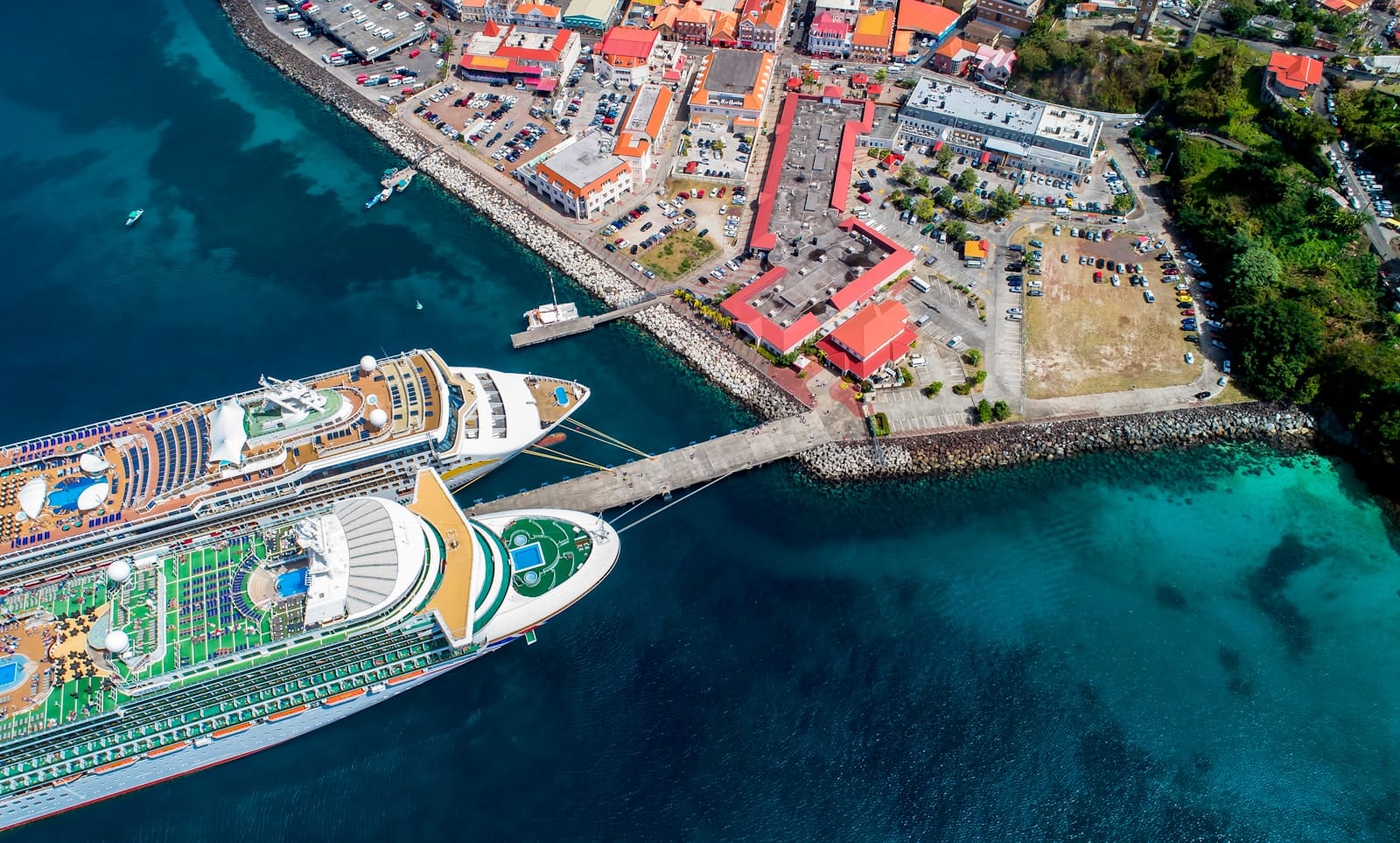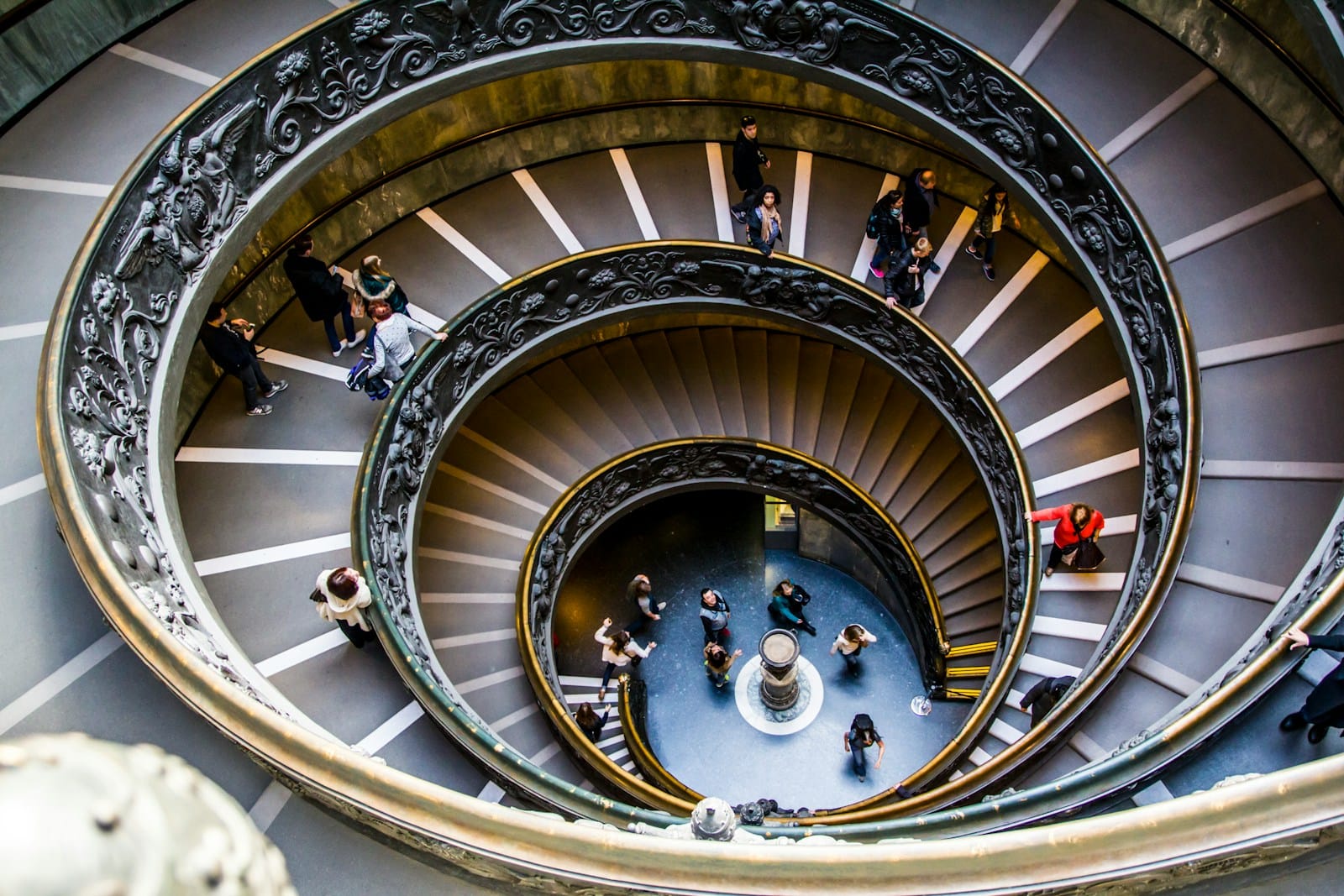Vienna Travel Guide: Culture, Castles & Café Charm
Intro to Vienna Travel Guide
The ultimate Vienna travel guide for art, elegance, and timeless city discovery.
Vienna is a city that dances gracefully between imperial tradition and modern creativity. With Baroque palaces, Mozart symphonies, and coffeehouse rituals woven into daily life, Austria’s capital feels like a living museum — yet it constantly surprises with bold architecture, edgy galleries, and underground street food scenes. Whether you’re chasing Klimt’s gold-leaf brilliance or sipping Grüner Veltliner under a vine-covered pergola, Vienna rewards both wanderers and planners.
Start your journey with our Vienna Tour Guide and uncover all that awaits…
💡Quick Facts:
Destination: Vienna
Continent: Europe
Country: Austria (City)
State: Vienna (Wien) – also functions as one of Austria’s nine federal states
Area: 414.6 km²
Population: ~1.98 million (2024 est.)
Density: ~4,800 people per km²
Capital: Vienna is the capital of Austria
Subregions/Neighborhoods: Innere Stadt, Leopoldstadt, Mariahilf, Neubau, Favoriten, Landstraße, Döbling
Official & Regional Languages: German (official); English widely spoken
Currency: Euro (EUR)
Time Zone(s): Central European Time (UTC+1), Daylight Saving Time in summer
Airports: Vienna International Airport (VIE)
Climate: Oceanic – four distinct seasons, with cold winters and warm summers
Known For: Imperial palaces, classical music, coffeehouse culture, museums, UNESCO Old Town, Vienna Opera
🛂Arrival Info:
– Austria is part of the Schengen Area; standard EU entry rules apply
– Visa-free access for 90+ nationalities including US, UK, Canada, Australia, Japan (up to 90 days)
– Schengen visa required for most others
– Passport checks at border (airports); none from Schengen countries by land
– Austria visa portal
– Customs & border info
💉Health Info:
– No vaccines required beyond routine EU standards
– High-quality hospitals and clinics throughout the city (e.g., Vienna General Hospital – AKH)
– Pharmacies marked “Apotheke”; many open late or 24/7
– Tap water is safe and among the cleanest in Europe
✅ Check travel insurance options for travel emergencies, delays, and medical needs abroad — Get coverage here
✅ Stay Informed with Official Updates: WHO – International Travel & Health | CDC – Travel health updates
🚨Travel Advisory:
– Austria is considered very safe; low crime levels
– Occasional protests may cause traffic disruptions in city center
– Standard precautions advised for crowded areas (pickpocketing)
✅ Stay Informed with Official Updates: US Travel Advisory | UK Foreign Travel Advice
📅Holidays:
– New Year’s Day (Jan 1)
– National Day (Oct 26): marks Austria’s neutrality
– Ascension Day (May/June), Corpus Christi (June)
– Christmas (Dec 24–26): markets begin in mid-Nov
– Vienna Philharmonic’s New Year’s Concert is world-famous
💰Visitor Info:
– Currency: Euro (EUR)
– Cards accepted nearly everywhere; small bakeries may prefer cash
– Tipping: 5–10% in restaurants or round up to nearest Euro
– ATMs widely available (called “Bankomat”)
– Budget: €80–120/day; Mid-range: €140–220/day; Luxury: €250+/day
✈️Airports:
– Vienna International Airport (VIE): 18 km from city; serves Europe, Asia, and North America
– City Airport Train (CAT): 16 min to Wien Mitte station
– S-Bahn and airport buses are also available
✅ Delayed or canceled flight? Check if you’re eligible for compensation
🚍Transport:
– Vienna has an excellent public transit system: U-Bahn (metro), trams, buses, S-Bahn (commuter rail)
– 24h/48h/72h Vienna City Cards available with discounts and transit included
– Taxi apps: Bolt, FreeNow; Uber also operates
– Walkable city center; trams are scenic and reliable
– Biking lanes are common; e-scooters rentable via Tier and Lime
✅ Book reliable airport transfers and in-city rides in advance. Reserve your ride here
📶Connectivity:
– Fast 4G/5G coverage across the city
– Free Wi-Fi in many public areas and on transit
– SIM cards and eSIMs available from A1, Drei, and Magenta (airport or city kiosks)
– Airalo and Holafly support Austria via eSIM
✅ Stay connected abroad with affordable eSIM data packs. Get your eSIM here
📜Laws & Etiquette:
– Smoking banned indoors (including bars/restaurants)
– Quiet hours after 10 PM in residential zones
– Formality is common: address people with “Herr” or “Frau”
– Dress neatly; even casual settings value tidiness
– LGBTQ+ friendly, progressive legal protections
– Jaywalking is discouraged and can incur fines
🛡️Emergency Info:
– Emergency number: 112 (EU-wide)
– Police: 133; Ambulance: 144
– U.S. Embassy: Boltzmanngasse 16, Vienna
– Tourist info
✅ Use embassy locator tools: Embassies Worldwide
🌦️Weather:
– Spring (Mar–May): Mild and green; excellent for sightseeing
– Summer (Jun–Aug): Warm (25–30°C), with occasional heatwaves and events
– Fall (Sept–Nov): Crisp air, colorful foliage, early concerts
– Winter (Dec–Feb): Cold (0–5°C), with snow; festive markets and indoor museums
– Best time to visit: April–June or September–October
✅ Stay prepared—check the weather forecast for your destination — Weather Forecast
Get to Know Vienna – Neighborhoods & Districts
Vienna’s districts, or Bezirke, spiral outward like a snail, each with its own personality and pace.
Innere Stadt (1st District)
The historic core wrapped in the Ringstrasse boulevard. It’s where you’ll find St. Stephen’s Cathedral, the Hofburg Palace, and the city’s most luxurious shops. Grand, walkable, and ideal for first-time visitors.
Leopoldstadt (2nd District)
Bordered by the Danube Canal and Prater Park, this district is family-friendly and full of green space. It’s also home to Vienna’s Jewish Museum and the massive Riesenrad Ferris wheel.
Neubau (7th District)
A bohemian paradise filled with concept stores, indie galleries, and street art. This is the city’s creative engine, especially around the MuseumsQuartier.
Mariahilf (6th District)
Bordering Neubau and home to Mariahilferstraße — Vienna’s largest shopping street. It offers a mix of residential calm and urban buzz.
Wieden (4th District)
Intimate and stylish, this district hides local brunch spots, record shops, and the stunning Karlskirche. Trendy, but not in-your-face.
Josefstadt (8th District)
Often overlooked, this area feels quietly aristocratic. Think cobblestones, theaters, and charming courtyards just beyond the central tourist grid.
Favoriten (10th District)
A multicultural district on the rise. Come for Turkish bakeries, Serbian cafés, and Vienna’s new central train station, Hauptbahnhof.
Where to Stay in Vienna
- Innere Stadt: best for sightseeing and luxury
- Neubau or Wieden: ideal for creative travelers
- Leopoldstadt: family-friendly with easy park access
- Favoriten: good value and major train connections
Top Attractions & Iconic Sights
From imperial grandeur to world-class galleries, Vienna’s top sights span centuries of culture and beauty.
Skyline Views and Icons
St. Stephen’s Cathedral (Stephansdom)
A Gothic masterpiece and city symbol. Climb its south tower for sweeping views over the red-tiled roofs of the old city.
Belvedere Palace
A baroque stunner split into Upper and Lower sections. The Upper Belvedere houses Klimt’s “The Kiss” — Vienna’s most iconic artwork.
Hofburg Palace
Once the seat of the Habsburg dynasty, this sprawling complex now includes museums, the imperial apartments, and the Spanish Riding School.
Riesenrad (Giant Ferris Wheel)
Located in the Prater amusement park, this 19th-century wheel offers nostalgic views of the Danube and city skyline.
Local Tip:
Visit Stephansdom at night when the square is quieter and musicians fill the air with classical echoes.
Museums and Cultural Gems
Kunsthistorisches Museum
Vienna’s fine arts crown jewel. Inside are works by Vermeer, Caravaggio, and Bruegel — all displayed in a jaw-dropping palace.
Albertina Museum
Famous for its print collection (Dürer’s “Hare” is here), the Albertina also hosts rotating modern and contemporary exhibits.
MuseumQuartier
A cultural campus that blends baroque buildings with modern design. It’s home to the Leopold Museum, MUMOK, and more.
Haus der Musik
An interactive museum celebrating Austria’s musical heritage. Create your own compositions or step into the shoes of a conductor.
Family Favorites
Schönbrunn Palace and Zoo
A royal estate with immaculate gardens and the oldest zoo in the world. Families can spend the entire day exploring the grounds.
Haus des Meeres
An aquarium and tropical house inside a former WWII flak tower. Kids love the sharks, crocodiles, and panoramic rooftop terrace.
Prater Park
Beyond the Riesenrad, Prater is full of roller coasters, funfair games, and vast green meadows for picnics.
ZOOM Kindermuseum
An interactive children’s museum inside MuseumsQuartier with hands-on exhibits and creative workshops.
Natural Escapes Within and Near Vienna
Vienna may be urban, but it’s blessed with abundant green spaces, riverside paths, and alpine day trips.
Stadtpark
Central Vienna’s most photogenic park. Home to the golden Strauss statue and elegant flower beds. Ideal for morning walks and picnic breaks.
Volksgarten
Adjacent to the Hofburg, this formal rose garden is beloved by locals. Grab an ice cream and stroll among Greek-style fountains.
Augarten
A quiet, leafy refuge in Leopoldstadt, framed by WWII flak towers and home to the Vienna Boys’ Choir training ground.
Donauinsel (Danube Island)
A 20-kilometer stretch of manmade island offering beaches, bars, and biking trails. A summer favorite.
Vienna Day Trip Ideas
Wachau Valley
Just over an hour west, this wine-growing region along the Danube offers vineyard views, apricot schnapps, and medieval towns like Dürnstein.
Bratislava, Slovakia
Only one hour away by train or boat. Spend a day exploring Slovakia’s charming capital and its hilltop castle.
Lainzer Tiergarten
A former imperial hunting ground on Vienna’s western edge. Great for forest hikes and wildlife sightings.
Baden bei Wien
A spa town famous for hot springs and Beethoven’s summer stays. Only 40 minutes away by train.
Culture, History and Local Identity
Vienna’s imperial legacy blends with a modern, multicultural rhythm shaped by music, intellect, and resilience.
State Opera House (Wiener Staatsoper)
A neoclassical icon and one of the world’s leading opera venues. Attend a performance or join a guided backstage tour to feel the drama behind the curtain.
Karlskirche (St. Charles Church)
A breathtaking baroque structure with a mirrored pond in front. Visitors can ascend into the dome for a close-up view of ceiling frescoes.
Austrian National Library
Located inside the Hofburg complex, its State Hall is one of the most stunning library spaces in Europe — complete with globes, marble statues, and ceiling murals.
Naschmarkt and Yppenplatz
These markets reflect Vienna’s diversity. Taste Balkan, Turkish, and Middle Eastern flavors while mingling with artists, students, and long-time locals.
Third Man Tour
Explore the underground canal system featured in the 1949 film The Third Man. A quirky and cinematic slice of Viennese history.
Cultural Insight:
The coffeehouse isn’t just a place to drink — it’s an institution. Stay as long as you like. Order once, read a newspaper, and soak in the atmosphere.
Discover top-rated tours and experiences in Vienna. Explore the best activities in Vienna —from food walks and tram rides to palace day trips and sunset cruises. Book early for exclusive access and flexible cancellation options.
Local Food, Markets and Artisan Vibes
Vienna’s culinary culture is rich with tradition, but full of surprises — from schnitzel joints to Turkish döner shops and wine taverns.
Must-Try Dishes
- Wiener Schnitzel: Thin, golden, and crispy — the pride of the Viennese kitchen
- Tafelspitz: Boiled beef with horseradish and apple sauce
- Kaiserschmarrn: Fluffy shredded pancake served with plum compote
- Apfelstrudel: Layers of flaky pastry and spiced apple filling
Plachutta Wollzeile
A beloved institution for tafelspitz and Viennese classics. Elegant without being stuffy.
Gasthaus Pöschl
A cozy corner tavern near the Academy of Fine Arts, serving up authentic schnitzel and seasonal dishes.
Naschmarkt
Stretching nearly a mile, this market mixes Viennese stalls with global flavors. Visit early for the freshest produce or midday for lunch at Neni.
Meidlinger Markt
Smaller and more local than Naschmarkt, with wine bars and weekend brunch spots. Feels neighborhood-driven and affordable.
Taste your way through Vienna and explore delicious things to do in Vienna — from open-air markets to legendary dessert salons.
Events, Nightlife and Seasonal Fun
From elegant balls to indie film nights, Vienna knows how to celebrate in every season.
Vienna Philharmonic New Year’s Concert (January 1)
A globally broadcast performance — tickets are raffled a year in advance, but you can catch open-air screenings.
Vienna Opera Ball (February)
The most glamorous night in Austria. Watch live from outside the Staatsoper or splurge on an elegant evening inside.
Donauinselfest (June)
Europe’s largest free open-air music festival. Held on Danube Island, it features dozens of stages and over a million attendees.
Film Festival at Rathausplatz (July–August)
Giant outdoor screens show opera, jazz, and film, with international street food stalls filling the square.
Christmas Markets (late November–December)
From Rathausplatz to Schönbrunn, Vienna’s Advent markets are pure fairy tale — complete with mulled wine, gingerbread, and handmade crafts.
Spring
Mild and colorful — perfect for sightseeing and garden hopping.
Summer
Festival-rich and lively. Locals linger at beach bars along the canal.
Fall
Harvest season brings wine festivals and cultural events. A golden, moody time to visit.
Winter
Cozy cafés, classical concerts, and snow-dusted palaces. Vienna is magical in the cold.
Which Airport Should You Use?
Vienna is served by one major airport, with great access to city transit and regional train hubs.
Flying internationally → VIE (Vienna International Airport)
Located about 18 kilometers southeast of the city. Connects globally, with direct S-Bahn and CAT (City Airport Train) services into central Vienna in under 20 minutes.
Regional train travel → Wien Hauptbahnhof
Austria’s central rail hub. Serves travelers coming from Prague, Budapest, Munich, and other European capitals.
Budget and regional air links → Bratislava Airport
Just across the border in Slovakia, this airport is an alternative for some low-cost flights. About 1 hour by shuttle.
Getting Around Vienna – Transport Tips
Vienna is compact and exceptionally well-connected by public transit.
- U-Bahn (subway)
Fast and efficient. Five main lines run through every district. Trains come every few minutes — even late at night. - Trams and Buses
The tram system is a charming and scenic way to see the city, especially Line 1 and 2 along the Ringstrasse. - Biking
Vienna is bike-friendly with dedicated paths and rental stations like Citybike Wien and WienMobil Rad. - Walking
Many neighborhoods, especially Innere Stadt and Neubau, are walkable. Bring good shoes for cobblestone streets. - Taxis and Rideshares
Taxis are metered and reliable. Bolt and Uber are available but less dominant than in other European cities.
Recommended Apps
- WienMobil (official app for all city transport)
- Qando Wien (routes and schedules)
- CityMapper (multi-modal trip planner)
- Bikemap (for safe cycling routes)
Local Tip:
Buy a 48- or 72-hour transit pass — it works across all modes and pays off quickly.
Best Time to Visit Vienna
- Spring (March to May):
Mild temperatures, blooming parks, and fewer crowds. Best for outdoor cafés and long walks. - Summer (June to August):
Hotter and livelier, with music festivals and open-air cinemas. Museums and attractions stay open longer. - Fall (September to November):
Golden foliage, new exhibitions, and wine harvests. Ideal for foodies and cultural travelers. - Winter (December to February):
Snowy, cozy, and atmospheric. Come for concerts, museums, and Vienna’s world-famous Christmas markets.
Vienna Travel Essentials – Key Insights
- SIM/Data:
Airalo eSIM works across Vienna. Local SIM cards from A1, Drei, and Magenta are available at the airport or in shopping districts. - Transit Costs:
Single ride tickets cost €2.40. A 48-hour pass is €14.10 and covers all U-Bahn, trams, and buses. - Entry Points:
Vienna International Airport (VIE), Wien Hauptbahnhof (main rail), and multiple bus stations connect the city regionally and internationally. - Local Vibe:
A refined, composed atmosphere with a strong sense of order and art. Locals are polite but value personal space. - Walkability:
High in central districts. Easy to navigate by foot, bike, or tram.
Quick Picks List
- Best for food: Naschmarkt and Yppenplatz
- Best for classical music: Innere Stadt
- Best for nightlife: Gürtellinie or Praterstraße
- Best for street culture: Neubau and 7th District
- Best for family travel: Leopoldstadt and Schönbrunn area
- Best for slow travel: Josefstadt
Setagaya Park
A tiny Japanese garden tucked into Döbling, with cherry blossoms, a koi pond, and tea house vibes — rarely visited by tourists.
Café Jelinek
A smoky, wood-paneled café in Mariahilf where locals read the paper and sip strong black coffee undisturbed for hours.
Brunnenmarkt
One of the most multicultural markets in Vienna, full of Balkan, Turkish, and Middle Eastern flavors. Best experienced on Saturday mornings.
Schmelz Area
A quiet, green zone in the 15th district with Schrebergärten (tiny garden houses) and a strong community vibe.
Werk X Theater
Located in a former slaughterhouse, this independent theater hosts contemporary productions that push artistic boundaries.
Local Tip:
Avoid rushing through museums — locals often return multiple times with annual passes. Try the same approach and enjoy each space deeply.
Nearby Destinations to Explore
- Salzburg Sound of Culture
Mozart’s birthplace, alpine charm, and baroque streets — only 2.5 hours by train. - Prague Fairytale Streets
Cross into the Czech Republic in under 4 hours. Perfect for art, beer, and fairytale architecture. - Graz Hidden Treasures
Austria’s second city offers a relaxed pace, futuristic design, and a top-notch culinary scene. - Bratislava Riverside Charm
Easy day trip by boat or train. Small capital, big personality. - Budapest Thermal Wonders
Combine Vienna with Hungary’s spa-rich capital in a scenic 2.5-hour train journey.
Final Tips for a Smart Vienna Adventure
- Validate all public transport tickets — random checks happen often
- Tipping is expected (round up or add 5–10 percent at restaurants)
- Most shops close by 7 PM — plan shopping early
- Carry cash for small cafés or market stalls
- Use reusable bags — plastic bags are rarely available
- Dress smart-casual; Viennese style leans elegant even in casual settings
- Book opera and concert tickets online weeks in advance
- Museums close one day a week (usually Monday or Tuesday) — check ahead
Explore Vienna tours and things to do in Vienna to make the most of your time.
For more expert travel strategies, insider tips, and unforgettable destinations, visit our Homepage and start planning today.

